Marbled sailfin pleco - Pterygoplichthys joselimaianus
Scientific name: Pterygoplichthys joselimaianus
Common name: Marbled sailfin pleco
Family: Loricariidae
Usual size in fish tanks: 21 - 28 cm (8.27 - 11.02 inch)
014
Recommended pH range: 6.5 - 7.3
Recommended water hardness: 4 - 16°N (71.43 - 285.71ppm)
0°C 32°F30°C 86°F
Recommended temperature range: 23 - 29 °C (73.4 - 84.2°F)
The way how these fish reproduce: Spawning
Where the species comes from: South America
Temperament to its own species: peaceful
Temperament toward other fish species: peaceful
Usual place in the tank: Bottom levels
Origin
The Marbled Sailfin Pleco (Pterygoplichthys joselimaianus) is native to South America, specifically found in the Amazon River Basins of Brazil.
Lifespan
In captivity, the Marbled Sailfin Pleco typically has a lifespan of up to 15 years.
Overview
Marbled Sailfin Plecos are best kept as solitary fish due to their territorial nature once mature. They can outcompete other fish for food, so if you include them in a community tank, supplement their diet with floating flakes for the other fish. It’s advisable to avoid adding other bottom dwellers unless the aquarium is large enough to accommodate separate territories for each fish, as their aggression can be quite severe in cramped conditions. They prefer dim lighting and benefit from hiding spots created with rocks or wood. Given their high waste production, ensure your filtration system is robust and perform weekly water changes to maintain water quality.
They can be included in community setups if tank mates occupy higher levels and require similar water parameters. Plants can be added, but be aware that mature Plecos may dig in the substrate and disturb the plants. While they can help control algae growth, don’t add them solely for this purpose.
When purchasing a Marbled Sailfin Pleco, ensure the fish is healthy by checking for a good appetite and a well-rounded belly, as a sunken belly indicates malnutrition.
Food and Feeding
Feed Marbled Sailfin Plecos with sinking foods. They will readily consume shelled peas, frozen vegetables, and algae wafers. Mature fish may also accept chopped prawns and pieces of fish.
Sexing
There are no visible differences between male and female Marbled Sailfin Plecos.
Breeding
There are no recorded instances of Marbled Sailfin Plecos breeding in captivity. In the wild, they lay eggs in tunnels dug into muddy riverbanks, where the male provides parental care. After fertilization, the female does not participate in caring for the eggs or the fry, which are released only once they are sufficiently developed. The male will protect and guide the fry back to the safety of the nest if any danger arises.
Pictures
Images provided by aqua-fish.net and sourced from jjphoto.dk.





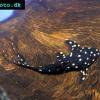 Adonis
Adonis  Lyre
Lyre 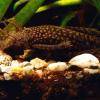 Bristlenose
Bristlenose  Gold
Gold  Bushymouth
Bushymouth  Spotted
Spotted  Medusa
Medusa 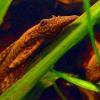 Bristlenose
Bristlenose 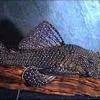 Starlight
Starlight  Spotted
Spotted  Catfish
Catfish  Bushynose
Bushynose 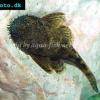 Bristlenose
Bristlenose  Green
Green 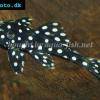 LDA-33
LDA-33 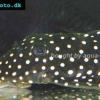 Snowflake
Snowflake 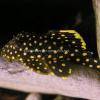 Gold
Gold 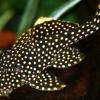 Gold
Gold 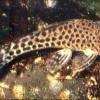 Bulldog
Bulldog  Dasyloricaria
Dasyloricaria 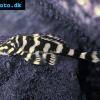 Butterfly
Butterfly 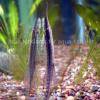 Whiptail
Whiptail 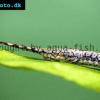 Amazon
Amazon 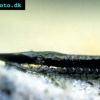 Twig
Twig 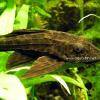 Spotted
Spotted 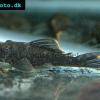 Spotted
Spotted 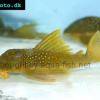 Lemon
Lemon 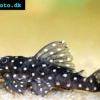 Pleco
Pleco  Peruvian
Peruvian 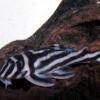 Zebra
Zebra  Pleco
Pleco 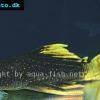 Hypostomus
Hypostomus 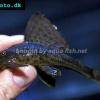 Pleco
Pleco  Suckermouth
Suckermouth  Spotted
Spotted  Woodeating
Woodeating 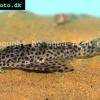 Golden
Golden  Sultan
Sultan  Multiradiatus
Multiradiatus 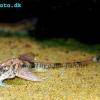 Marbled
Marbled 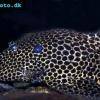 Pleco
Pleco 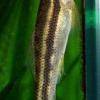 Dwarf
Dwarf  Dwarf
Dwarf  Dwarf
Dwarf  Oxyropsis
Oxyropsis 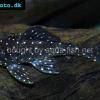 Orange
Orange  Blue
Blue 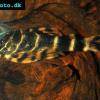 Clown
Clown 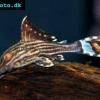 Royal
Royal  Blue
Blue 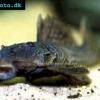 Rubber
Rubber  Goby
Goby 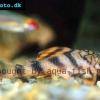 Wormline
Wormline  Para
Para 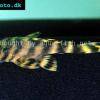 Tiger
Tiger 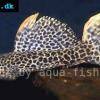 Leopard
Leopard 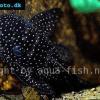 Spiny
Spiny 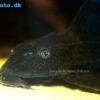 Amazon
Amazon  Common
Common  Sunshine
Sunshine 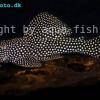 Golden
Golden